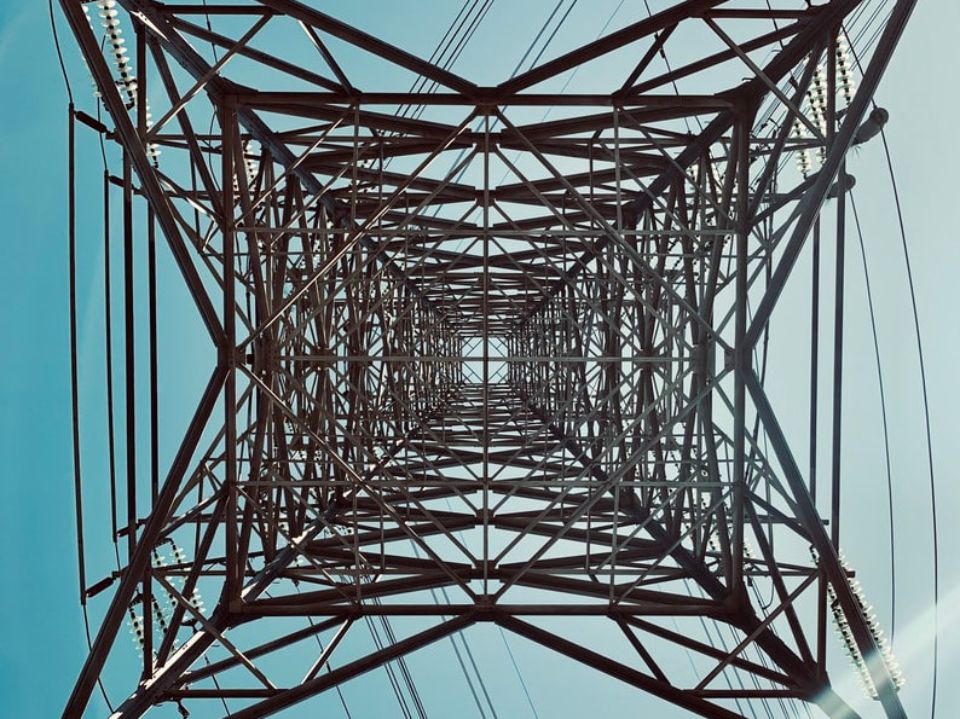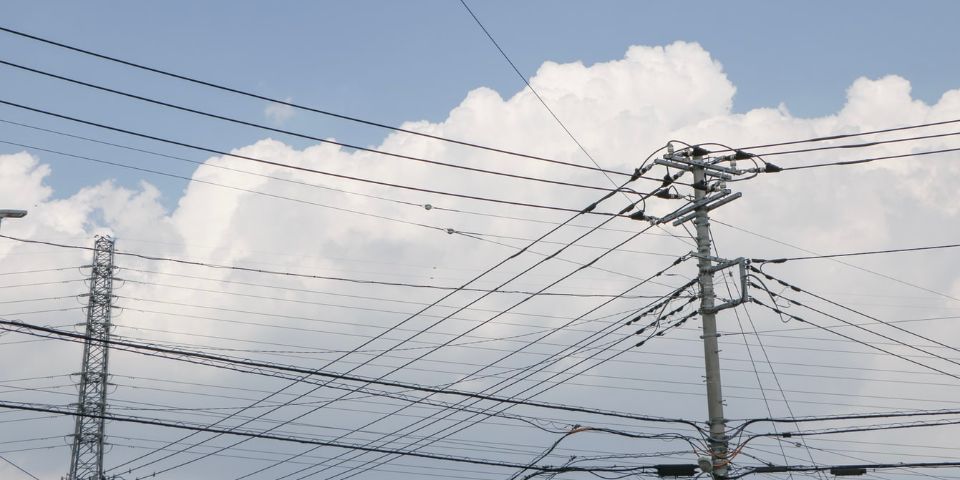EED tool
The EED (Energy Efficiency Directive) is a European directive aimed at realising energy savings at larger companies. The current European target is an increase of 32.5 % in energy efficiency by 2030, relative to 2007. Companies subject to the directive are required to have an energy audit conducted and implement measures based on this audit. The EED tool ensures that figures are calculated quicker and more accurately.

What am I required to do?
Companies subject to the directive already know what is required, as an earlier audit was conducted sometime before 31 December 2020. But to recap: the directive affects companies with more than 250 FTEs, annual revenues exceeding EUR 50 million, or an annual balance sheet total exceeding EUR 43 million. Incidentally, the government has created Wetchecker, an online tool for checking regulations. You can use it to check what you need to do in terms of energy savings. Click here to visit the government's Wetchecker (Dutch).

Learning more about energy performance
The first EED audits resulted in a great deal of work researching and making calculations. The starting point for assessing a company’s energy performance is its energy bill. Subsequently, it needs to be established which devices contributed to the bill. That requires insight into the devices’ energy performance and the actual number of hours they are used.
This should result in an energy consumption total that differs no more than 10 % from the energy bill. If the difference is greater, then either something was overlooked during the inventory or the calculations were not done properly. Whatever the case, it means the inventory needs to be performed again.

Savings monitoring
The next step is to investigate savings opportunities. The requirement here is that for any savings investment which is needed and can be recouped within five years, the investment is compulsory. This is monitored strictly.
EED tool faster and more accurate
With the EED tool, audits are faster and better. Whereas spreadsheets were previously used to display energy performance, the EED tool is a web application with a user-friendly interface. Data has to be entered during the first use, but at the next mandatory audit four years later it is still available and can be easily and relatively quickly adjusted.

Label C requirement for offices
Many companies possess office space as well as a production location. In many cases, these offices are required to have an energy label C or better, by 2023. If this is not complied with, the office cannot be used. Conducting an EED audit also provides the opportunity to gain insight into which steps are required to obtain an energy label C.

Why the EED tool?

Error-free
Thanks to the digital EED tool, mistakes can be avoided.

User-friendly
The interface is clear and user-friendly.

Easily adjustable
The data is still available at the next mandatory audit four years later and can be easily adjusted.

More information?

Mark helps companies realise sustainable (energy) ambitions.



